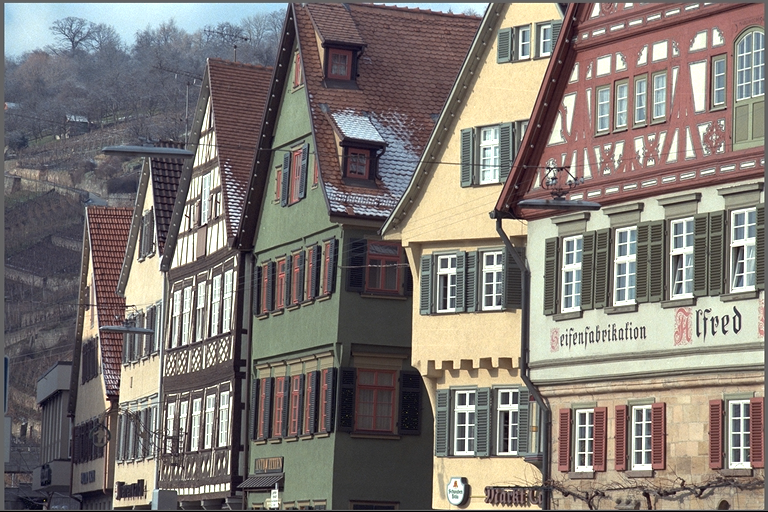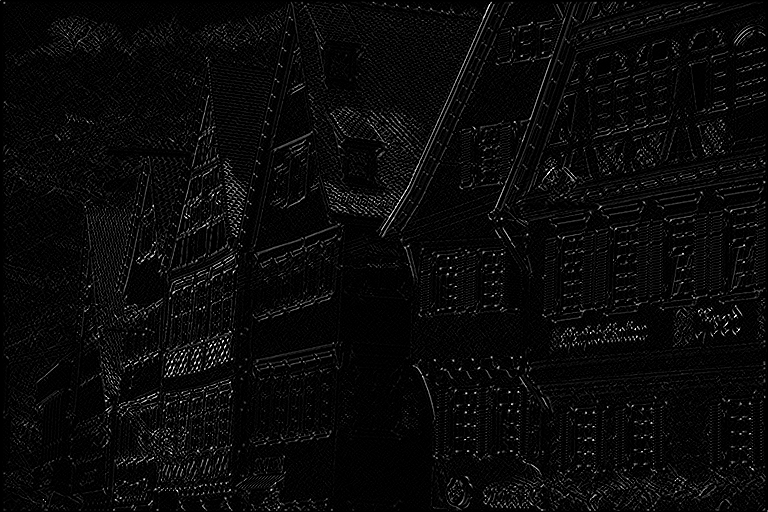2D Image Convolution
Overview
The 2D Image Convolution application outputs an image with the edges of the input image, saving the result as an image file on disk. The user can define what backend will be used for processing.
- Note
- The output will be in grayscale as convolution is currently only supported for single-channel images.
Instructions
The command line parameters are:
<backend> <input image>
where
- backend: either cpu, cuda or pva; it defines the backend that will perform the processing.
- input image: input image file name; it accepts png, jpeg and possibly others.
Here's one example:
- C++ ./vpi_sample_01_convolve_2d cpu ../assets/kodim8.png
- Python python main.py cpu ../assets/kodim8.png
This is using the CPU backend and one of the provided sample images. You can try with other images, respecting the constraints imposed by the algorithm.
Results
| Input image | Output image, edges |
|---|---|
 |  |
Source Code
For convenience, here's the code that is also installed in the samples directory.
Language: 136 // Submit it for processing passing the input image the result image that will store the gradient.
137 CHECK_STATUS(vpiSubmitConvolution(stream, backend, image, gradient, kernel, 3, 3, VPI_BORDER_ZERO));
148 cv::Mat cvOut(outData.planes[0].height, outData.planes[0].width, CV_8UC1, outData.planes[0].data,
Declares functions to perform image filtering with convolution kernels.
Functions and structures for dealing with VPI images.
Functions for handling OpenCV interoperability with VPI.
Declaration of VPI status codes handling functions.
Declares functions dealing with VPI streams.
VPIStatus vpiSubmitConvolution(VPIStream stream, uint32_t backend, VPIImage input, VPIImage output, const float *kernelData, int32_t kernelWidth, int32_t kernelHeight, VPIBorderExtension border)
Runs a generic 2D convolution over an image.
@ VPI_IMAGE_FORMAT_U8
Single plane with one 8-bit unsigned integer channel.
Definition: ImageFormat.h:104
int32_t pitchBytes
Difference in bytes of beginning of one row and the beginning of the previous.
Definition: Image.h:139
VPIStatus vpiImageLock(VPIImage img, VPILockMode mode, VPIImageData *hostData)
Acquires the lock on an image object and returns a pointer to the image planes.
VPIStatus vpiImageCreate(int32_t width, int32_t height, VPIImageFormat fmt, uint32_t flags, VPIImage *img)
Create an empty image instance with the specified flags.
VPIStatus vpiImageCreateOpenCVMatWrapper(const cv::Mat &mat, VPIImageFormat fmt, uint32_t flags, VPIImage *img)
Wraps a cv::Mat in an VPIImage with the given image format.
Definition: OpenCVInterop.hpp:101
VPIStatus vpiStreamSync(VPIStream stream)
Blocks the calling thread until all submitted commands in this stream queue are done (queue is empty)...
void vpiStreamDestroy(VPIStream stream)
Destroy a stream instance and deallocate all HW resources.
VPIStatus vpiStreamCreate(uint32_t flags, VPIStream *stream)
Create a stream instance.